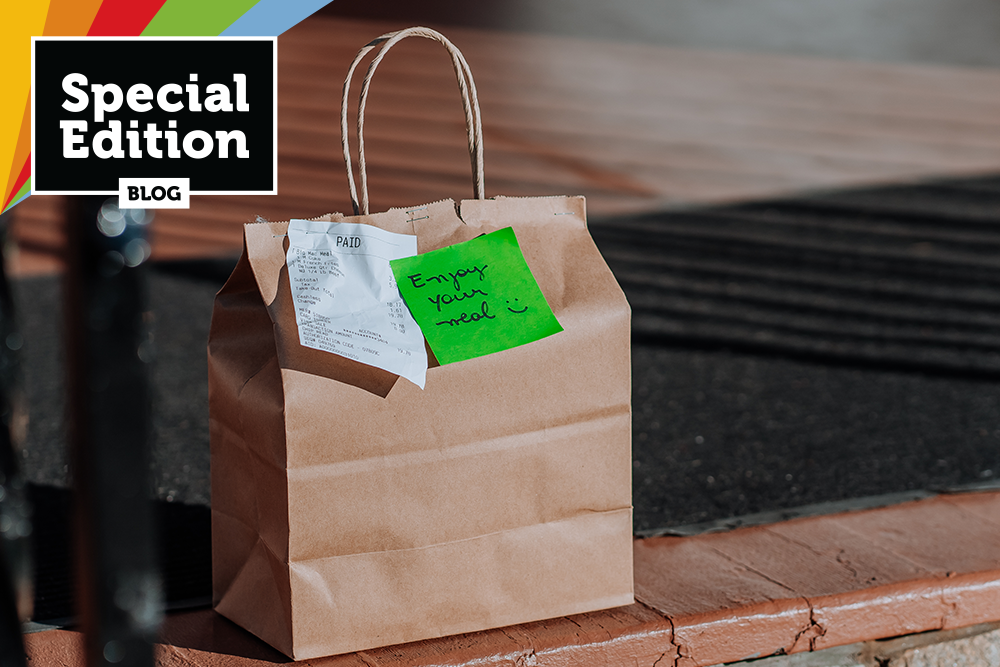10:30 am
Has COVID-19 Forever Changed the Quick Service Restaurant Model?

The post-pandemic consumer will define how companies reshape their business operations for the foreseeable future.
For the fast-casual and Quick Service Restaurant (QSR) industry, certain behavioural changes have accelerated at substantial speed due to COVID-19, ambitious technology, and cutthroat competition. But as we start to plan for the post-crisis world, which changes will stay and which ones will go?
Where is the industry now?

Recently, McKinsey conducted a market research study measuring the dining behaviour of consumers in China following the easing of restrictions. After a strict zero-COVID-19 policy and intensive lockdown periods, China was able to ease restrictions early, allowing citizens a period of normalcy while the rest of the world battled the virus.
According to the customer sentiment survey, consumers in China have exhibited behaviours that experts believe will be reflected across North America (and possibly the world) in the post-pandemic QSR and fast casual dining industry. According to the findings in China, in-restaurant spending continues to be hit hard as consumers opt to stay at home. This could be due to financial constraints or it could be due to lingering fears of the virus and public spaces.
Demand for takeout is expected to return to pre-crisis levels fairly quickly as more people look for easy ways to eat but also to stay in the comfort of their homes. Similarly, post-crisis spending on food delivery prepared foods, and groceries is projected to increase. The bottom line is that dining out is unlikely to recover for some time.
What does this mean for the fast-casual and QSR industry?

Since the start of the pandemic, changes were made to accommodate rapidly changing consumer demands. Takeout became the norm, contactless delivery became a necessity and technology became a vital link to retaining customers. As the world moves forward, consumers will continue to trend toward these behaviours:
Touchless Ordering
The convenience and timeliness of app-based ordering have solidified its place in the post-pandemic world. With the ability to order ahead, skip lines, make a payment online, or simply by tapping a phone, it seems impossible to go back to the way things were. And, so far, consumers agree.
Digital Delivery
As more consumers trend toward eating at home, delivery apps like Skip The Dishes and Uber Eats will continue to dominate, offering a freedom that was scarcely realized or appreciated before the pandemic.
Contactless Pickup, Delivery, and Simplified Menus
Although restrictions around the world have largely eased, some still remain hesitant to come too close to others. Many just prefer the ability to place an order and pick it up outside their door or from a nearby restaurant without having to engage in social contact. Due to this new way of food delivery, many restaurants simplified their menus because of financial constraints, timing pressures, or purely because delivery food needs to be simple for it to taste good at home.
Whether these two trends stay is, at this point, unclear but they continue to be measured in markets across China.
Adapt to survive

For the fast-casual and QSR restaurants to survive, one thing is clear: adaptability is key. Following the pattern of consumer behaviour this year and into the next will be crucial for survival. Making a plan for the transition into a post-pandemic world and listening to the needs of consumers can set the industry up for success. Investing in apps, delivery, and menu options that support at-home dining are all vital decisions for the current market.
With technology taking a front seat in QSR and fast-casual dining, it seems clear that the industry has changed forever. Convenience continues to be a number one concern for consumers, so restaurant owners should always have their finger on the pulse of current industry trends and adapt as needed.
